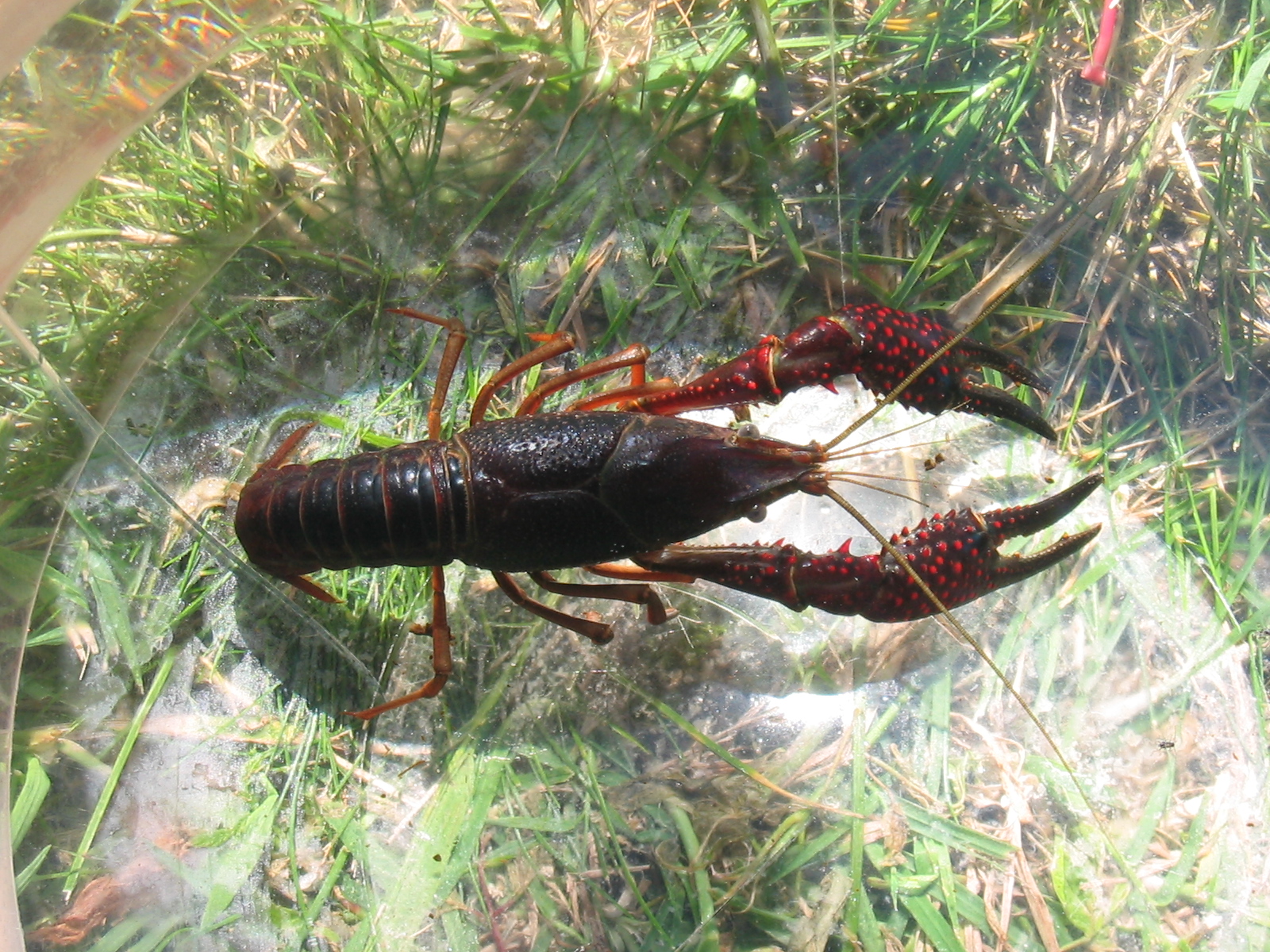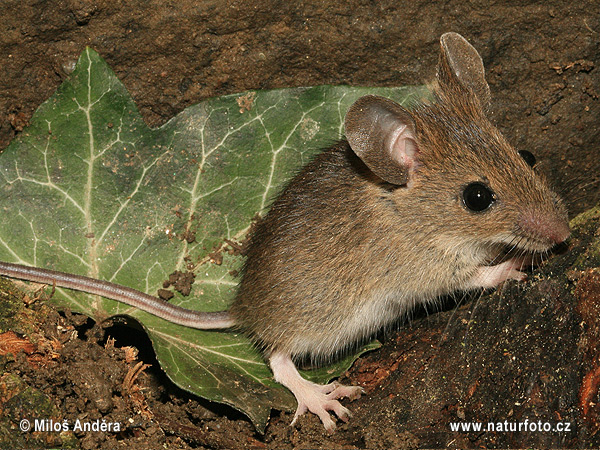Without further ado, let's kick things off with consumption. Ever had hunger pangs and thought to yourself *man, I would kill to chow down on an invasive species right now*? Well, me neither. But that doesn't mean that we can't, right?
Y'know, in certain cases anyway, I'm not suggesting going to your local park and nibbling on a grey squirrel. The likely outcome of that would be a court date and/or a rabies shot, which would be difficult to stomach.
On the other hand, the brilliantly named journal, Appetite, has recently published a piece highlighting consumption of Asian Carp in the U.S as a management strategy.
Over the past 20 years, Asian carp have invaded lakes and rivers in the Midwest and southern United States (Varble and Secchi, 2013) . The effects of this have been negative for many native fish, including the bigmouth buffalo and gizard shad (best names ever?), which have died off due to habitat encroachment resulting in food and space competition (Irons et al., 2007).
 |
| Map of Asian carp locations in the U.S.A |
 |
| Mississippi River. Asian Carp. Everywhere... who's hungry? |
Creating demand for Asian carp could most definitely be a cost-effective solution to the problem. However, trouble could emerge if it becomes too popular. This could lead to farming of the species, which of course, would be bad for natives. Let's hope Americans are only moderate fish fans...
Moving on from our starter to the second course of the day, how does nature itself respond to the threat of invasive species? Well, as the number of invasive species are increasing globally, more and more native predators are shifting their diets to invasive prey (Bulté et al., 2012). Handy, huh? Especially as this shift can be pretty rapid (Carlsson et al., 2009).
For example, >90% of the threatened Lake Erie water snake now consists of Eurasian round goby, which invaded the Great Lakes in the early 1990s (King et al., 2006). See the video below for a demonstration.
However, it's not perfect. There can be substantial lag times in native diet adaptation, in which time negative impacts can arise in a given environment and possibly negative fitness affects on the natives themselves (Carlsson et al., 2009). (Bulté et al., 2012) suggest that in certain cases, natives could become more exposed to nasty parasites. Looks like biotic resistance faces resistance of its own then...
Finally, to cap off the triple header, what can we, as Average Joes, do to manage invasive species?
In the case of invasive aquatic plant (IAP) management, education is key (Willby, 2007). The principal pathway for IAP introduction is via horticultural suppliers (Keller and Lodge, 2007), but invaders such as Lagarosiphon major, can also be acquired online. It is vital that we know what we should and should not be planting in our gardens to prevent the spread of potentially dangerous invaders.
Another case of public participation relates to the spread of the Killer Shrimp (Dikerogammarus villosus), a serious freshwater invader which arrived in Britain in 2010 (Madgwick and Aldridge, 2011). In Europe it has preyed on or outcompeted native shrimp to the extent of excluding them from their natural habitat (Kinzler et al., 2009).
 |
| How to identify a killer shrimp |
 |
| Check, Clean, Dry. Follow these instructions to prevent the spread of aquatic invaders. |
Next time I'm going to wrap up this management series with a short conclusion piece which will tie everything together.
Over and out
The Invader Inspector











_on_Kapok_(Ceiba_pentandra)_in_Kolkata_W_IMG_4297.jpg)









